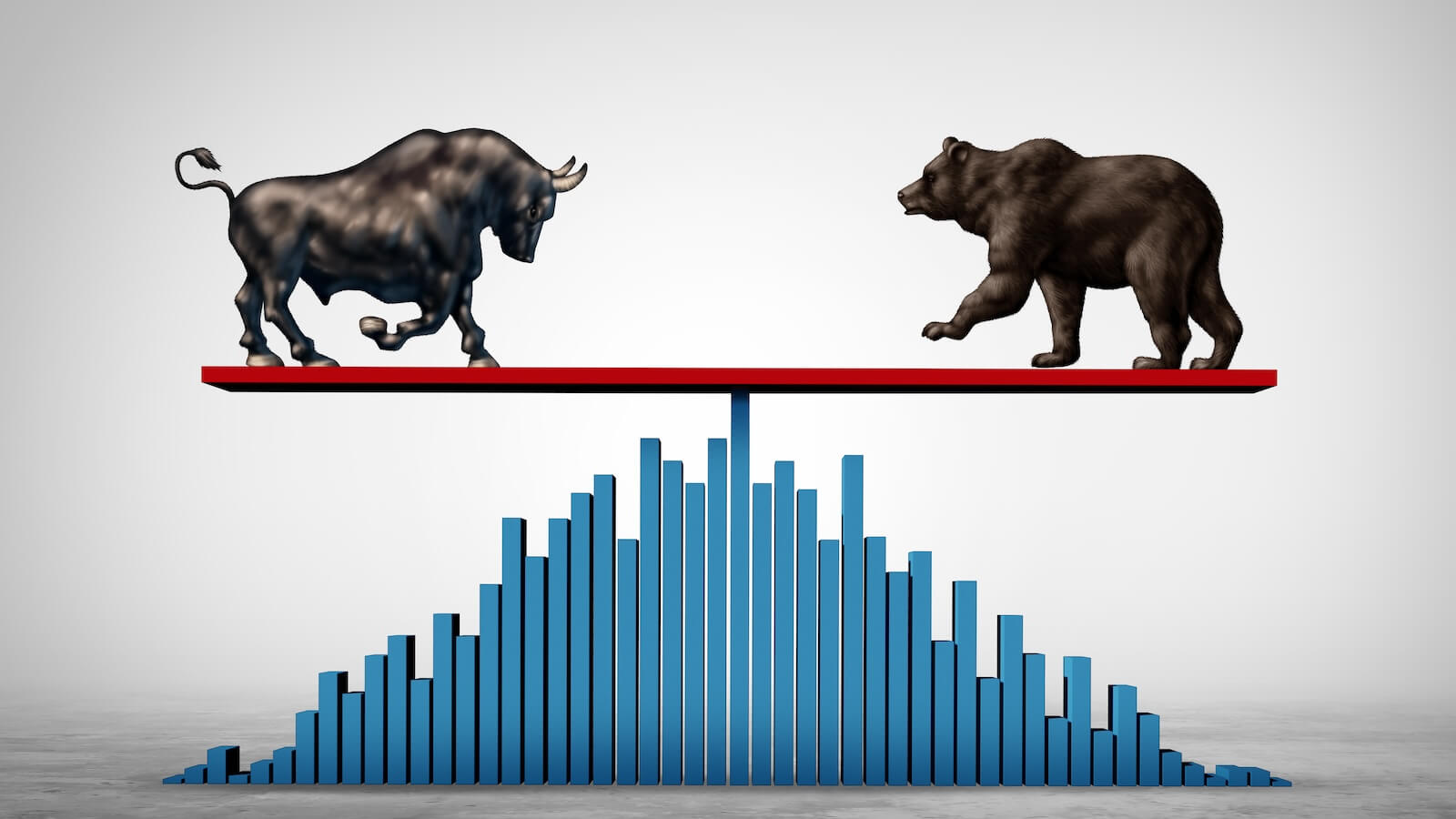U.S. Federal Reserve Policy Decision: Fed to keep interest rates stable again and pivot to cuts in 2024

Officials unanimously decided to keep the benchmark federal funds rate target range at 5.25% to 5.5%, the highest since 2001. Based on the median, policymakers expected no further interest rate hikes for the first time since March 2021. calculation.
Here’s the live reaction from the Bloomberg TOPLive blog:
 bloomberg
bloombergFed officials expect to cut interest rates by 75 basis points next year, a faster rate of cuts than expected in September. The median forecast for the federal funds rate at the end of 2024 was 4.6%, but individual expectations varied widely.
Eight officials saw cuts of less than three-quarters of a point next year, and five expected larger cuts.
A revision of the statement after the meeting issued on Wednesday also emphasized the change in tone, and said officials would monitor various data and developments to ensure “any” further policy firming is appropriate. Those words did not appear in a November statement from the U.S. central bank’s policy-making Federal Open Market Committee.
In another shift, the committee acknowledged that inflation “has moderated over the past year but remains on the rise.” Additionally, most participants now see the risk of rising prices as broadly balanced.
Treasury yields plummeted, the S&P 500 rose and the Bloomberg Dollar Index fell. The swap agreement showed more easing in 2024 than before, with a rate cut of more than 125 basis points. The possibility of an interest rate cut in March has risen to about 60%.
Chairman Jerome Powell is scheduled to hold a press conference with reporters in Washington at 2:30 p.m.
inflation forecast
The updated outlook also showed lower inflation forecasts for this year and next. The Fed’s preferred measure of prices, excluding food and energy, is currently seen growing 2.4% in 2024. Policymakers slightly lowered their forecasts for economic growth next year while keeping their unemployment forecast unchanged.
Policymakers expect the federal funds rate to be cut further to 3.6% by the end of 2025, according to a median estimate from 19 officials.
The Fed’s long-awaited pivot following a 5.25% rate hike reflects a noticeable slowdown in price pressures and a cooling labor market since mid-year. The challenge now facing Fed officials is deciding when to start cutting interest rates, but cutting too quickly could jeopardize inflation’s return to the Fed’s 2% target.
Officials have pledged to keep interest rates high long enough to bring inflation back to target. Market participants do not expect this to take very long, which would encourage rate cut bets as early as March.
Comments from Gov. Christopher Waller, one of the most vocal supporters of the central bank’s actions to curb inflation, helped fuel that speculation. He said in November that the central bank was willing to consider lowering policy rates as inflation falls, which he said could happen within three to five months.
falling returns
The decline in Treasury yields in recent weeks has erased much of the gains seen from the summer through October. Policymakers at the time suggested that a significant tightening of financial conditions could help reduce the need for further interest rate hikes.
This sharp reversal has already begun to ripple through the economy in the form of falling mortgage rates, sparking a renewed demand for refinances and home purchases in recent weeks. It also makes it cheaper for businesses to borrow, something they are already taking advantage of.
In comments earlier this month, Chairman Powell expressed a position that runs counter to market expectations of an interest rate cut in the first quarter of next year.
“It would be premature to conclude with any confidence that we have achieved a sufficiently restrictive stance or to speculate on when we might ease policy,” Powell said on December 1, just before the pre-Fed meeting communications break.
He and other policymakers stressed that they need sufficient evidence that inflation will definitely fall before easing policy, noting that the path toward 2% inflation is likely to be “indomitable.”
The central bank has now conducted 12 meetings without a dissenting vote, its longest meeting since 17 meetings between 2003 and 2005.



